Black Hole Link Between Stars Discovered In Massive First
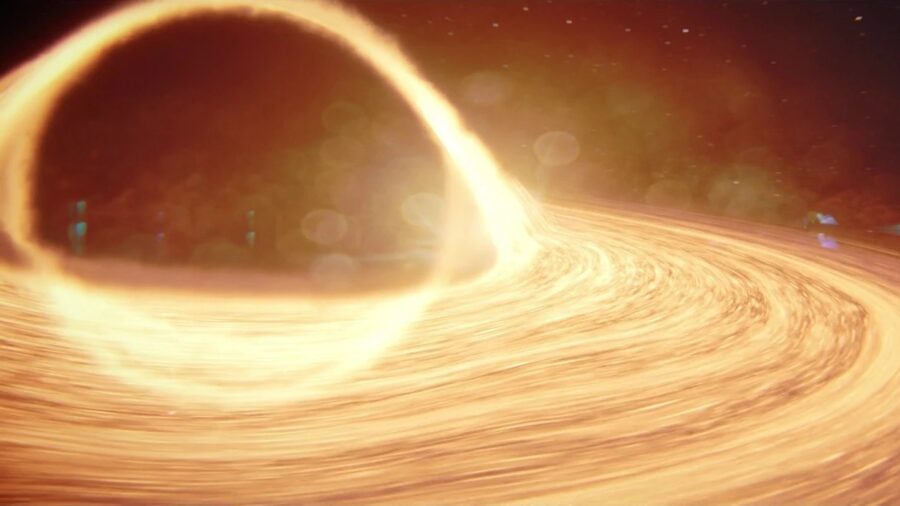
Would you believe that one of the most familiar scientific concepts is one that researchers still have countless questions about? For example, everyone is familiar with black holes, but you might not know that most of our theories about where they come from have only come through observing the phenomena afterward and making the best possible guesses. Now, that’s all changed: recently, astronomers observed an exploding sun in a nearby galaxy, which led to the formation of either a neutron star or a black hole, and either finding brings scientists one step closer to understanding one of the most remarkable events in the cosmos.
The Original Black Hole Theory
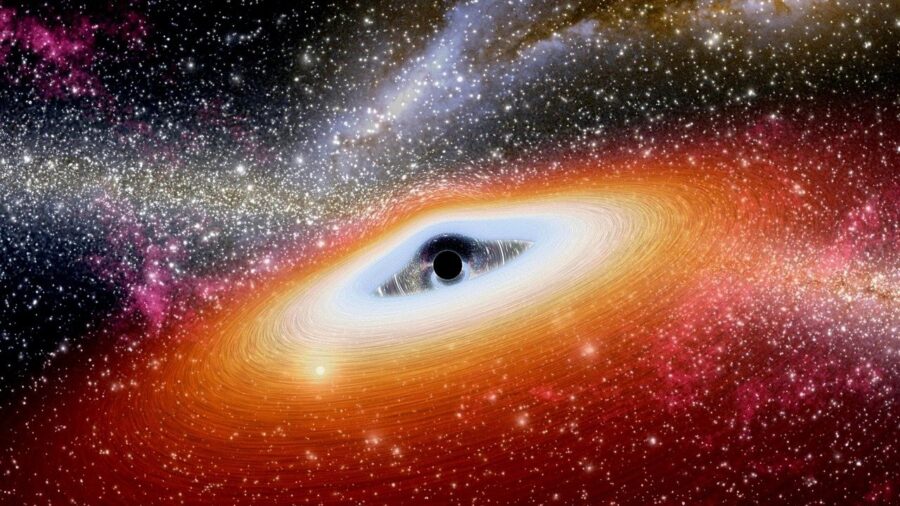
Previously, scientists had been operating under the theory that black holes were formed when a star ran out of energy and ejected its outer core. Afterward, fusion no longer provides the core with any outward pressure, allowing gravity to do its work. As the theory goes, gravity collapses that core into super-dense objects like black holes.
Why Black Holes Are Hard To Study
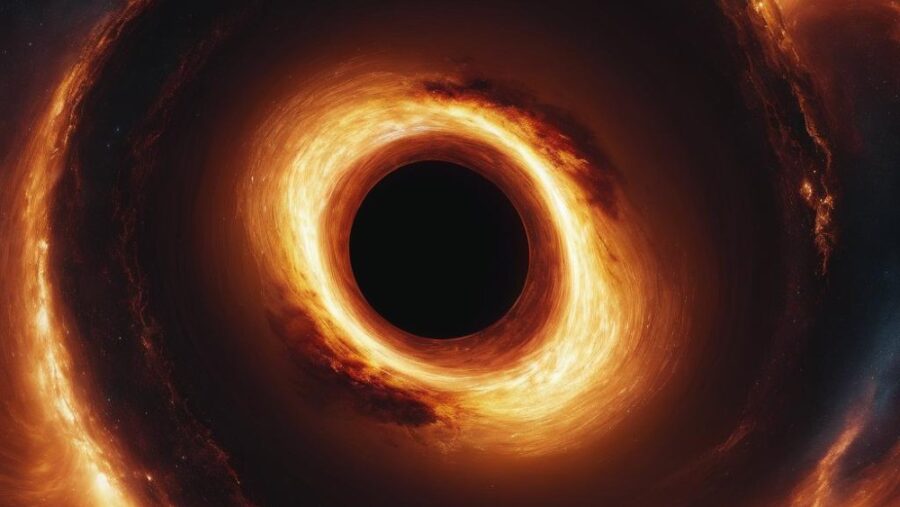
According to these scientific theories, black holes aren’t the only cosmic phenomena created by this process. If the star is the mass of eight of our suns or less, it is theorized that it will create a white dwarf; if the star has a mass between 8 and 30 of our suns, it is theorized that it collapses into a neutron star. Finally, if the star has a mass greater than 30 of our sun’s, it is theorized that it will become a black hole.
Why has all of this been limited to scientific theory? In short, we never get to see the actual process of a star collapsing, so we have been left to study the aftermath of such events. Therefore, scientists have studied major galactic phenomena such as the Vela Pulsar and Crab Pulsar and created their theories based on the supernovas that most likely brought these neutron stars to life.
The Missing Link Between Stars And Black Holes

Now, however, astronomers were able to observe supernova SN 2022jli in a nearby galaxy (hey, in astronomy, 75 million light years is nearby) NGC 157. Excited researchers used their telescopes to study this process, which led to a pleasant surprise: instead of the light curve fading as it always does, it brightened and then went dim again every 12.4 days as researchers studied it for 200 days.
A Historic Discovery
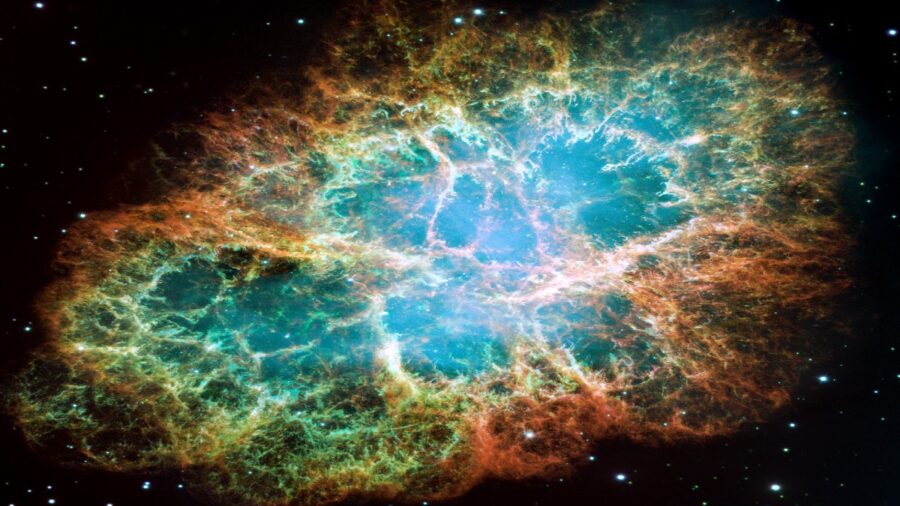
Where does the new knowledge about black holes come in? Weizmann Institute of Science astrophysicist Ping Chen discovered that this star most likely had a binary companion that remained in orbit with its exploded counterpart, and their interactions caused the brightness. Specifically, that brightness was caused because the ejected core of the star keeps passing through the atmosphere and picking up hydrogen, which then burns bright when the hydrogen comes into contact with the cosmic remains.
One Step Closer To Understanding The Universe
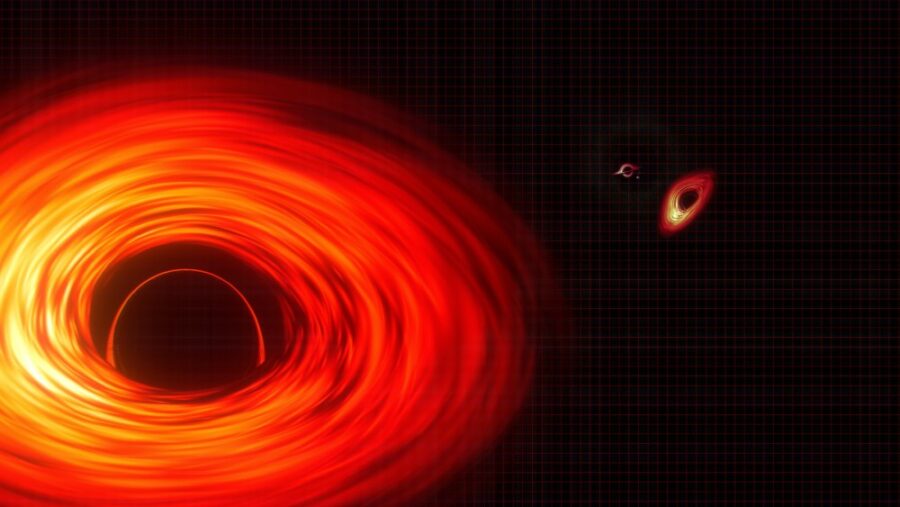
The scientists are not entirely sure if they are now observing a neutron star or a black hole, but they are convinced it is one or the other. Thanks to the first supernova that was ever observed in real-time, decades of theories about how black holes are formed seem validated, and we’re one step closer to having a complete understanding of these cosmic objects. As for us, we’re going to spend the rest of the day jamming “Black Hole Sun” on Spotify in celebration.












